Reading Time: 9 Min
Have you ever found yourself comparing Liposuction and Lipomatic, wondering which body contouring procedure is the ideal choice?
This article will explore the nuances of both techniques, offering a comprehensive guide that sheds light on each method’s intricacies.
From liposuction to the less invasive lipomatic surgery, we explore every facet, including the benefits of liposuction and lipomatic.
Whether it’s about enhancing aesthetic appeal or addressing health concerns, this guide is your one-stop resource for understanding body contouring and cosmetic surgery trends.
Liposuction and Lipomatic surgery
Liposuction and lipomatic are two famous body contouring procedures with distinct methodologies and outcomes.
Liposuction, a well-established cosmetic surgery, involves the removal of excess fat from various body parts using a suction technique. This method is particularly effective in addressing larger areas and is renowned for its long-standing success in the cosmetic surgery field.
On the other hand, lipomatic is a newer, advanced technique. It stands out for its minimally invasive approach, employing a specialized device to emulsify and extract fat. This technique is praised for its precision and reduced recovery time, making it an increasingly popular choice among those seeking body contouring options.
Both procedures have unique benefits and are designed to enhance body shape and remove stubborn fat deposits.
The choice between liposuction and lipomatic often depends on individual needs, the extent of fat removal required, and the specific body areas to be treated.
Definition and Basic Concepts
Liposuction and lipomatic are surgical procedures to improve body contour by removing unwanted fat.
While liposuction typically involves using a cannula and a suction device to extract fat, lipomatic utilizes a vibrating cannula, allowing for a gentler disruption and removal of fat cells.
History and Evolution
The history of liposuction dates back several decades, evolving from primitive fat removal techniques to today’s highly advanced procedures.
Lipomatic, although a more recent development, has quickly gained recognition for its innovative approach to fat removal, offering a less invasive alternative with potentially quicker recovery times.
Liposuction: Procedure, Benefits, and Risks
Liposuction, a widely recognized cosmetic surgery, removes excess fat from various body parts to improve contour and shape. The procedure is typically performed under anesthesia and involves making small incisions to insert a cannula, a thin tube to suction out fat.
Benefits of Liposuction:
- Enhanced body contour and improved appearance.
- Permanent removal of fat cells in the treated area.
- Potentially boosts self-confidence and body image.
Liposuction Risks and Considerations:
- Possibility of uneven contours and asymmetry.
- Risk of infection and scarring at incision sites.
- Temporary numbness or changes in skin sensation.
The Step-by-Step Breakdown of the Liposuction Process:
Step 1: Initial Consultation
Patients meet with a plastic surgeon to discuss their goals and health, determining the appropriateness of liposuction.
Step 2: Pre-Procedure Preparations
This includes medical evaluations and adjustments to current medications, alongside guidelines on eating, drinking, and smoking.
Step 3: Anesthesia Administration
Anesthesia is administered for patient comfort. This can be either general or local with sedation.
Step 4: Incision and Cannula Insertion
Small incisions are made in targeted areas for the cannula insertion.
Step 5: Fat Removal
The surgeon moves the cannula under the skin to break up and suction out fat.
Step 6: Monitoring Fluid Balance
Ensuring the patient’s fluid balance is maintained during the procedure.
Step 7: Closing Incisions
Incisions may be stitched or left open for drainage.
Step 8: Immediate Post-Operative Care
Patients are moved to a recovery room for monitoring and given post-procedure care instructions.
Step 9: Recovery and Follow-up
Patients follow a home recovery regimen, including medications and follow-up appointments.
Step 10: Observing Final Results
The final results become visible once the swelling subsides, which can take weeks to months.
Liposuction in Iran
Surgery + Hotel + Visa
Transfer + Interpreter
Lipomatic: Procedure, Benefits, and Risks
Lipomatic is an advanced cosmetic procedure gaining popularity due to its precision and less invasive nature. This technique focuses on contouring the body by removing excess fat, particularly from targeted areas.
Advantages of Lipomatic:
The procedure boasts several benefits, making it a favorable choice for many seeking body contouring solutions.
- Reduced Trauma: Less invasive than traditional liposuction, leading to reduced tissue damage.
- Precision: Allows for detailed body contouring.
- Quick Recovery: Shorter downtime compared to traditional liposuction.
- Effective Fat Removal: Efficient in eliminating localized fat deposits.
- Enhanced Safety: Lower risks compared to more invasive procedures.
Lipomatic Potential Risks:
While lipomatic is generally safe, it’s essential to understand the potential risks.
- Bruising and Swelling: Common after-effects, usually subsiding within a few days.
- Infection Risk: Though rare, it can occur at incision sites.
- Irregular Contours: Possible if the procedure is not performed skillfully.
The Lipomatic Procedure:
Lipomatic is distinct from traditional liposuction due to its use of advanced technology. It involves a cannula that removes fat and helps contour the body with minimal invasion. The procedure is known for its ability to target localized fat deposits effectively.
Step 1: Consultation and Planning
Discuss goals and assess suitability for the procedure.
Step 2: Anesthesia
Local anesthesia is typically used, allowing patients to remain awake.
Step 3: Fat Emulsification
A specialized cannula is used to emulsify fat with less tissue trauma.
Step 4: Fat Removal
The liquefied fat is gently suctioned out.
Step 5: Post-procedure Care
Guidance on recovery and aftercare to ensure optimal results.
Comparing Liposuction and Lipomatic Procedures
Comparing liposuction and lipomatic provides insight into which procedure might suit specific body contouring needs.
Technique and Methodology
Liposuction and lipomatic differ significantly in their approach and technology used.
- Liposuction: Involves removing fat through suction, requiring more extensive incisions.
- Lipomatic: Uses advanced technology to emulsify and remove fat, typically leading to less trauma.
Efficacy and Results
The effectiveness and outcomes of these procedures are also noteworthy points of comparison.
- Liposuction: Effective for larger areas and significant fat removal.
- Lipomatic: Best suited for detailed contouring and smaller areas.
Suitability for Different Body Types
Determining the best procedure depends mainly on individual body types and desired outcomes.
- Liposuction: Ideal for individuals with larger areas of stubborn fat.
- Lipomatic: Better suited for more precise contouring with less recovery time.
This comparative analysis of liposuction and lipomatic reveals the distinct features, benefits, and considerations, guiding individuals to make informed decisions about their body contouring options.
Ideal Candidates for Liposuction and Lipomatic
When considering body contouring procedures like liposuction and lipomatic, it’s vital to understand who makes an ideal candidate for each. This understanding ensures that the procedures are carried out safely and effectively, yielding the best possible outcomes.
Assessing Candidate Suitability
A candidate’s suitability for either liposuction or lipomatic depends on several factors, including their overall health, the area of the body they wish to treat, and their expectations.
- General health: Candidates should be in good physical health.
- Skin elasticity: Good skin tone can influence the outcome.
- Stubborn fat deposits: Liposuction is ideal for removing more extensive fat deposits, while lipomatic can target smaller, more specific areas.
- Weight stability: Candidates should ideally be at or near their target weight.
Case Scenarios
Different scenarios dictate the appropriateness of liposuction or lipomatic, making understanding typical cases for each procedure essential.
- Liposuction: Often chosen by individuals looking to remove larger fat areas that do not respond to diet and exercise.
- Lipomatic: Preferred for precise body contouring and sculpting, especially in the abdomen, thighs, and buttocks.
Recovery Period: Liposuction vs Lipomatic
The recovery period is crucial to consider when choosing between liposuction and lipomatic. Each procedure’s recovery timeline and care guidelines influence a patient’s decision.
Post-Procedure Care
Post-procedure care is fundamental to ensure a smooth and effective recovery, minimizing complications and enhancing results.
- Compression garments: Essential for both procedures to help reduce swelling and shape the body.
- Medications: Prescribed to manage pain and reduce the risk of infection.
- Activity restriction: Advising rest and limited physical activity to aid recovery.
- Follow-up appointments: It is necessary to monitor healing and address any concerns.
Recovery Timeline Comparison
The recovery time for liposuction and lipomatic can vary, influencing a patient’s decision based on their lifestyle and needs.
- Liposuction: Typically requires a more extended recovery period due to the more invasive nature of the procedure.
- Lipomatic: Often has a shorter recovery time, allowing patients to return to normal activities sooner.
- Read More: Guide to Fast Recovery after Liposuction
Side Effects of Liposuction and Lipomatic
Understanding the side effects of liposuction and lipomatic is crucial for anyone considering these body contouring procedures. It’s important to know what to expect post-surgery and how to manage any potential complications.
Common Side Effects
Both liposuction and lipomatic come with side effects. While these can vary from person to person, some common ones include:
- Swelling and Bruising: A typical response of the body to surgery.
- Numbness: Often temporary, occurring around the treated areas.
- Scarring: Small scars at the site of the incision are possible.
- Fluid Accumulation: Temporary pockets of fluid can form under the skin.
Managing and Mitigating Risks
Effective management and risk mitigation can significantly improve the recovery experience and outcomes of the procedures.
- Follow Post-Procedure Instructions: Adhering to the surgeon’s guidelines is vital for recovery.
- Wear Compression Garments: These help reduce swelling and improve contouring.
- Stay Hydrated and Maintain a Healthy Diet: Essential for overall recovery and health.
- Attend Follow-up Appointments: Necessary for monitoring progress and addressing any complications.
Liposuction vs Lipomatic: Which is Better?
Deciding between liposuction and lipomatic depends on various factors, including the individual’s needs, the amount of fat to be removed, and the desired outcome.
Factors to Consider
Several key factors come into play when choosing between these two cosmetic surgery techniques.
- Amount and Location of Fat: Liposuction is typically better for larger areas.
- Precision Needed: Lipomatic offers more precision for detailed contouring.
- Recovery Time: Lipomatic generally has a shorter recovery period.
- Overall Health and Medical History: Personal health profiles can influence the choice.
Expert Recommendations
Medical professionals often provide insights based on the latest research and clinical experience.
- Individual Assessment: A thorough evaluation to determine the most suitable procedure.
- Understanding Patient Goals: Aligning the procedure with the patient’s expectations.
- Safety Profile: Considering the safety and risks associated with each procedure.
- Long-term Outcomes: Evaluating which procedure aligns best with the desired long-term results.
Cost Comparison: Liposuction vs Lipomatic
The cost is a significant factor when considering liposuction or lipomatic. Each procedure has different financial implications.
Procedure Costs
The breakdown of costs includes:
- Liposuction: Generally higher due to the complexity of the procedure.
- Lipomatic: Can be more cost-effective, especially for smaller areas.
Cost-Benefit Analysis
Evaluating the value of each option involves:
- Long-term Results: Considering the longevity of results versus the cost.
- Recovery Time: Shorter recovery might translate to less time off work.
Liposuction and Lipomatic: Long-Term Results
Exploring the durability of results from liposuction and lipomatic is crucial for individuals considering these body contouring procedures. Understanding the sustainability and the influence of lifestyle on the outcomes can guide decision-making.
Sustainability of Results
The longevity of results from each procedure varies and depends on several factors:
- Liposuction tends to have enduring results, especially when combined with a healthy lifestyle.
- Lipomatic offers long-lasting results, particularly in body sculpting and localized fat reduction.
Lifestyle Impact
Lifestyle plays a significant role in maintaining the results:
- Regular exercise and a balanced diet are essential to sustain the outcomes of both procedures.
- Post-procedure care and follow-ups are vital in preserving the body shape achieved.
You May Like to See Before & After Photos of Liposuction
You May Like to See Before & After Photos of Liposuction
Conclusion
In summary, our exploration of liposuction and lipomatic surgery has provided us with valuable insights into the world of body contouring. We have learned about the procedures and their benefits, offering a more precise understanding for anyone considering these cosmetic surgery options.
Both liposuction and lipomatic hold unique advantages, and choosing the right one depends on individual needs and preferences.
For more detailed information and guidance, we encourage readers to visit the Ariamedtour blog, where knowledge awaits. Explore how these procedures can transform and enhance your life, and feel free to share your thoughts and experiences in our comments sections.
Frequently Asked Questions About Liposuction vs. Lipomatic
1. What is the difference between liposuction and lipomatic?
Lipomatic uses a device to break down fat tissue without damaging it, allowing for fat transfer to other body parts. It’s less damaging to surrounding tissues and is gaining popularity.
2. What are the recovery times for liposuction and lipomatic?
Recovery from liposuction generally takes 1-2 weeks, while lipomatic often has a shorter recovery period and involves less pain and swelling.
3. Can lipomatic be a better option for body contouring compared to traditional liposuction?
Many surgeons recommend lipomatic as it has lower risks, fewer complications, and uses more precise technological devices, making it a preferred choice for body contouring.
4. What are some common side effects of these procedures?
Possible side effects include changes in sensation, infection, internal puncture, fat embolism, kidney and heart issues, reaction to anesthetics, and skin saginess.
5. Is there a risk of weight gain post-procedure?
Liposuction isn’t intended for weight loss but for removing excess fat. Weight maintenance post-procedure depends on a healthy lifestyle and diet.
6. Are there dietary recommendations post-liposuction?
Initially, a liquid diet is advised, followed by a gradual return to a regular but healthy diet, avoiding sweets, desserts, and carbonated drinks.
7. What about exercise post-procedure?
Gentle exercises like walking can start 2-3 days post-surgery. Regular exercise can resume in about a week, starting at a reduced intensity.
8. Will I need to wear a compression garment after surgery?
Yes, wearing a compression garment is recommended for 2-3 days post-surgery, and it’s advisable to continue wearing it for 4-8 weeks to aid recovery.
9. How does lipomatic differ in terms of technology and precision?
Lipomatic uses newer technology that is more precise and causes less damage to the body’s organs than traditional liposuction techniques.
10. What about driving and returning to work post-surgery?
You should avoid driving for two weeks and can return to desk jobs in about two weeks. More physically demanding jobs may require a longer wait.
Related Articles
Feel free to express your opinions or ask your questions regarding the article

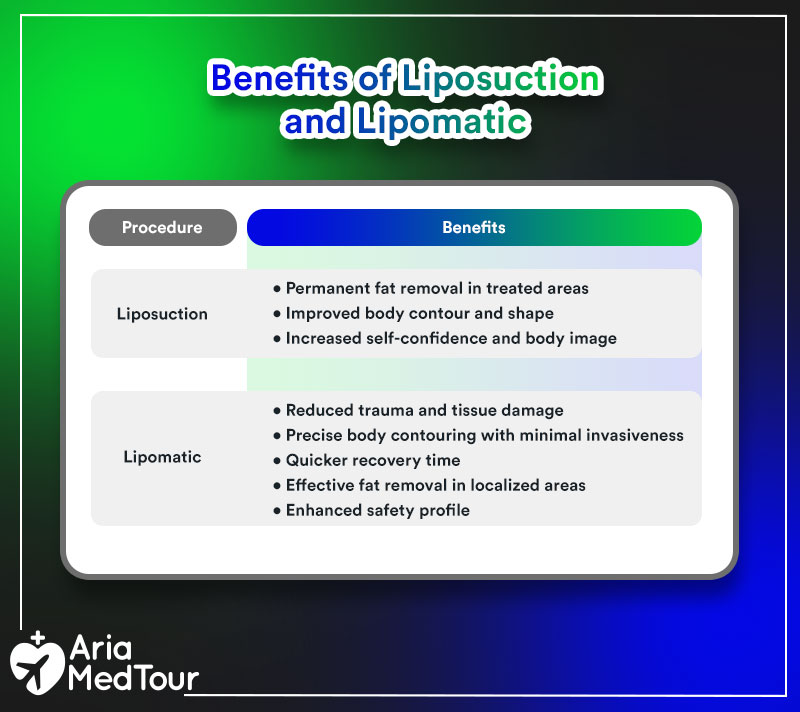
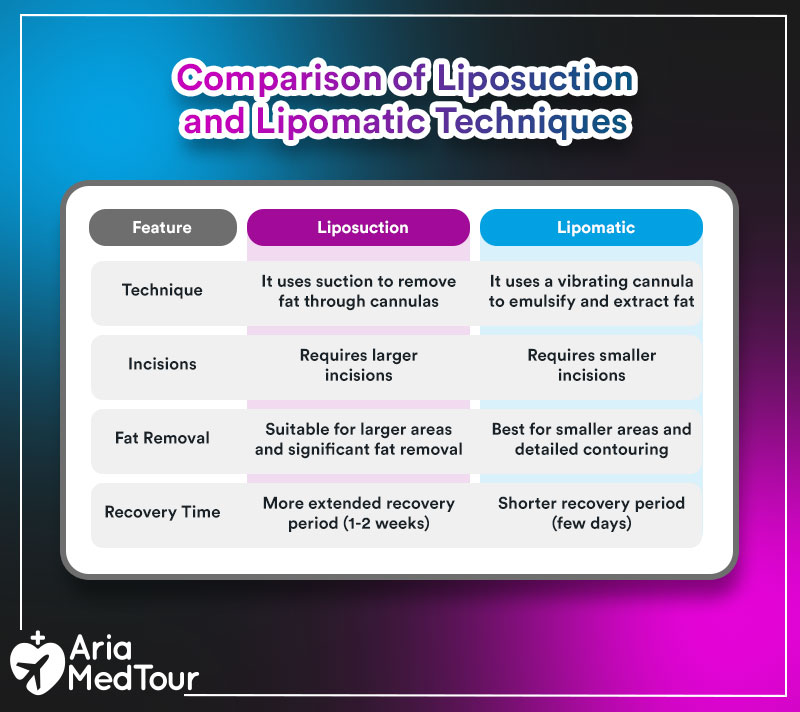
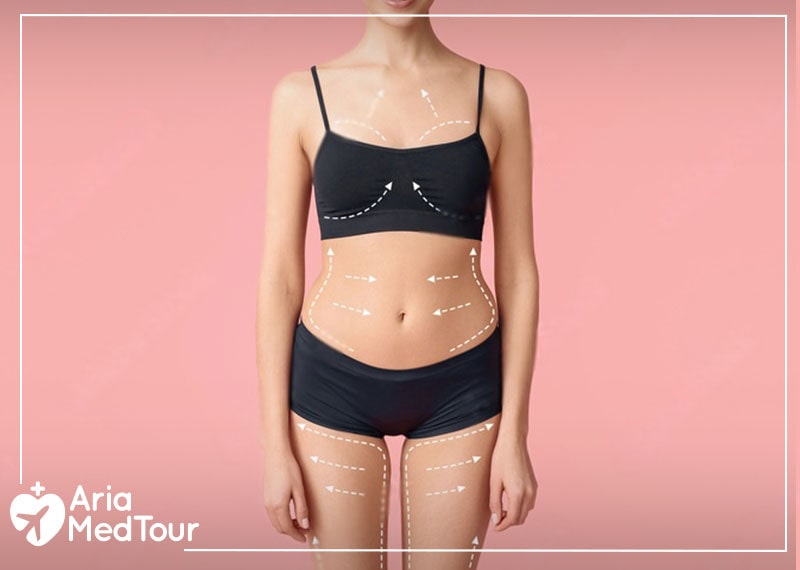
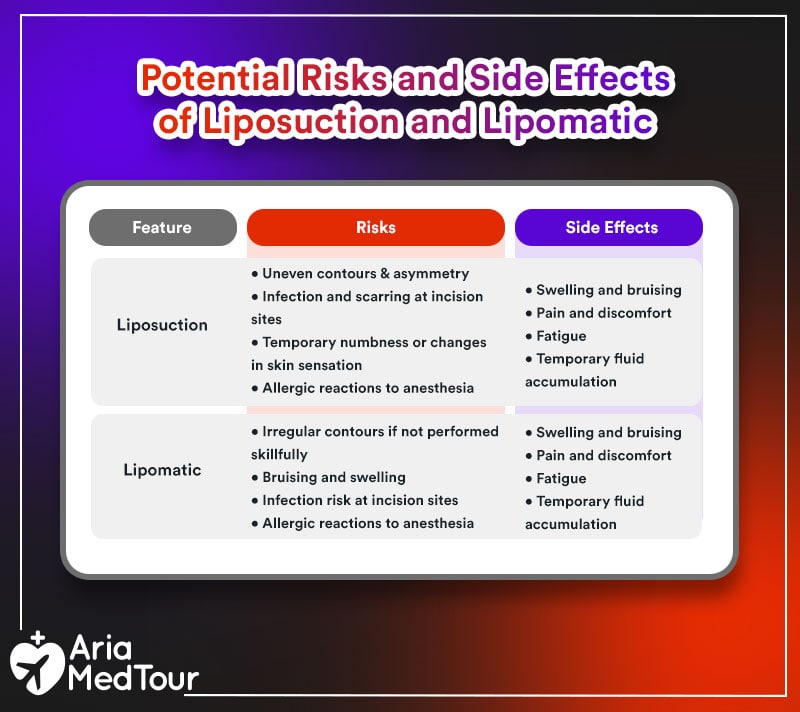
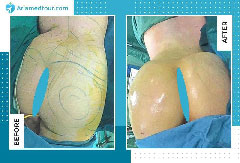


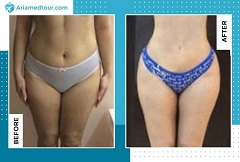
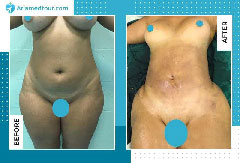
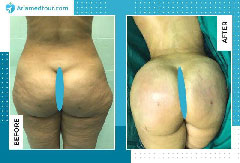



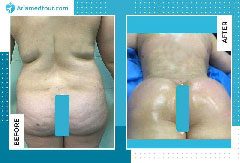

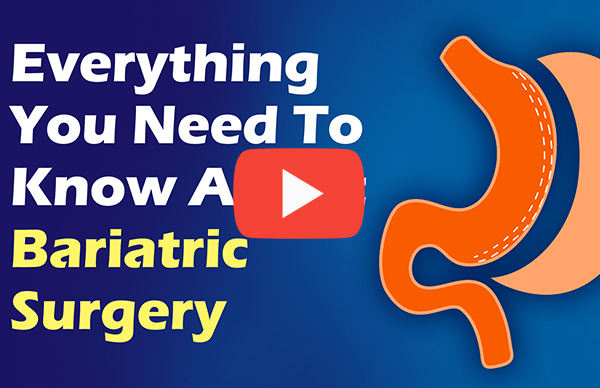


How to get rid of gynecomastia: surgical and non-surgical treatments
CoolSculpting vs Liposuction: Which is Better?
How Should I Prepare for Liposuction?
What plastic surgery are celebrities more interested in?
5 tips for maintaining results after liposuction